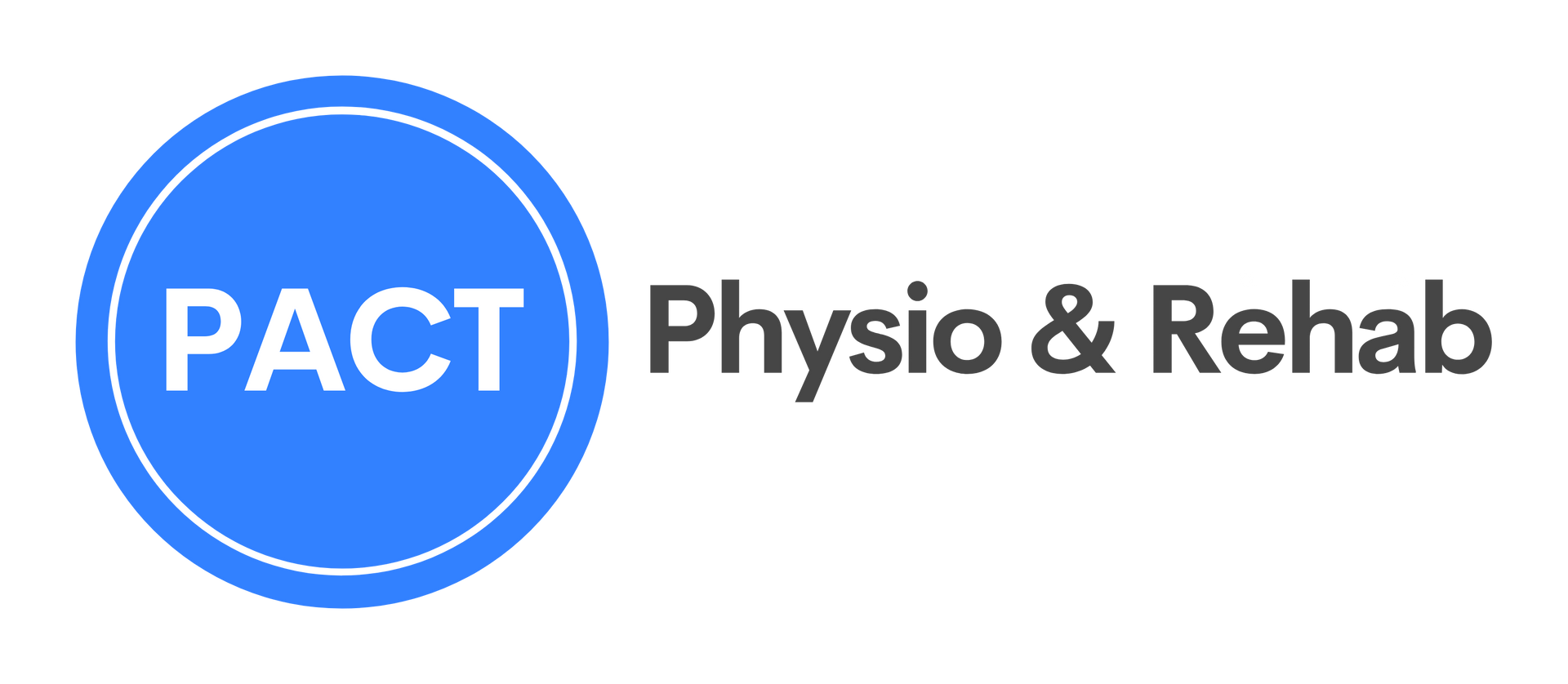
Understanding Ankle Synovitis: Causes, Treatment, and the Role of Physiotherapy
Ankle synovitis is a condition characterised by inflammation of the synovial membrane surrounding the ankle joint. This inflammation can lead to pain, swelling, and stiffness in the affected ankle, making it difficult to move and bear weight. It often results from overuse, injury, or underlying medical conditions, and its management requires a comprehensive approach that may include physiotherapy interventions.
Causes of Ankle Synovitis:
Overuse or Injury: Repetitive stress on the ankle joint, such as from excessive running, jumping, or walking on uneven surfaces, can irritate the synovial membrane, leading to inflammation.
Trauma: An acute injury, such as a sprain or fracture, can damage the structures surrounding the ankle joint, including the synovial membrane, triggering an inflammatory response.
Underlying Conditions: Conditions like arthritis, gout, or autoimmune disorders can also contribute to the development of ankle synovitis by causing chronic inflammation in the joint.
Symptoms of Ankle Synovitis:
Pain and tenderness around the ankle joint, especially with movement or weight-bearing.
Swelling and warmth in the affected area.
Stiffness or limited range of motion in the ankle.
Difficulty walking or performing activities that involve ankle movement.
Treatment of Ankle Synovitis:
Rest and Immobilisation: Initially, resting the affected ankle and avoiding activities that aggravate the symptoms can help reduce inflammation.
- Immobilisation with a brace or splint may also be recommended to support the joint and promote healing.
- Ice Therapy: Applying ice packs to the affected area can help alleviate pain and swelling by constricting blood vessels and reducing inflammation.
- Medications: Nonsteroidal anti-inflammatory drugs (NSAIDs) may be prescribed to reduce pain and inflammation. In some cases, corticosteroid injections may be administered directly into the joint to provide short-term relief from symptoms.
- Physiotherapy: Physiotherapy plays a crucial role in the management of ankle synovitis by focusing on reducing inflammation, improving joint mobility, and strengthening the surrounding muscles.
Physiotherapists may employ a variety of techniques, including:
- Manual Therapy: Hands-on techniques such as joint mobilisation and soft tissue massage can help reduce pain and improve joint function.
- Exercise Prescription: Specific exercises targeting ankle range of motion, strength, and stability can help improve overall joint health and prevent recurrence of symptoms.
- Modalities: Therapeutic modalities such as ultrasound, electrical stimulation, and laser therapy may be used to reduce pain and inflammation in the affected area.
Benefits of Physiotherapy for Ankle Synovitis:
- Pain Relief: Physiotherapy interventions can help alleviate pain and discomfort associated with ankle synovitis, allowing individuals to return to their daily activities with greater comfort.
- Improved Function: Through targeted exercises and manual techniques, physiotherapy aims to restore normal joint function and range of motion, enabling patients to regain mobility and flexibility in the affected ankle.
- Prevention of Recurrence: Physiotherapists work with patients to address underlying biomechanical issues and strengthen the ankle joint, reducing the risk of future injury or flare-ups.
- Enhanced Recovery: Physiotherapy promotes optimal healing of the injured tissues by improving blood circulation, reducing inflammation, and supporting the body's natural healing processes.
Protect
Manage
Restore
Enhance
Treatment at PACT Physiotherapy and Rehab, Miranda
At PACT Physiotherapy and Rehab, we specialise in providing comprehensive care for ankle synovitis, tailored to each individual's unique needs and goals. Our team of experienced physiotherapists utilises evidence-based techniques, including trigger point dry needling, to effectively manage pain and inflammation in the ankle joint. By addressing the root cause of the condition and implementing personalised treatment plans, we strive to help our patients achieve long-lasting relief and improved quality of life.
In conclusion, ankle synovitis is a common condition that can cause significant discomfort and limitation in mobility. However, with proper treatment and rehabilitation, including physiotherapy interventions, individuals can experience relief from symptoms and regain function in the affected ankle.
At PACT Physiotherapy and Rehab, we are dedicated to providing expert care and support to help our patients overcome ankle synovitis and get back to doing the things they love.
Contact us any time
Contact Us
We will get back to you as soon as possible
Please try again later
